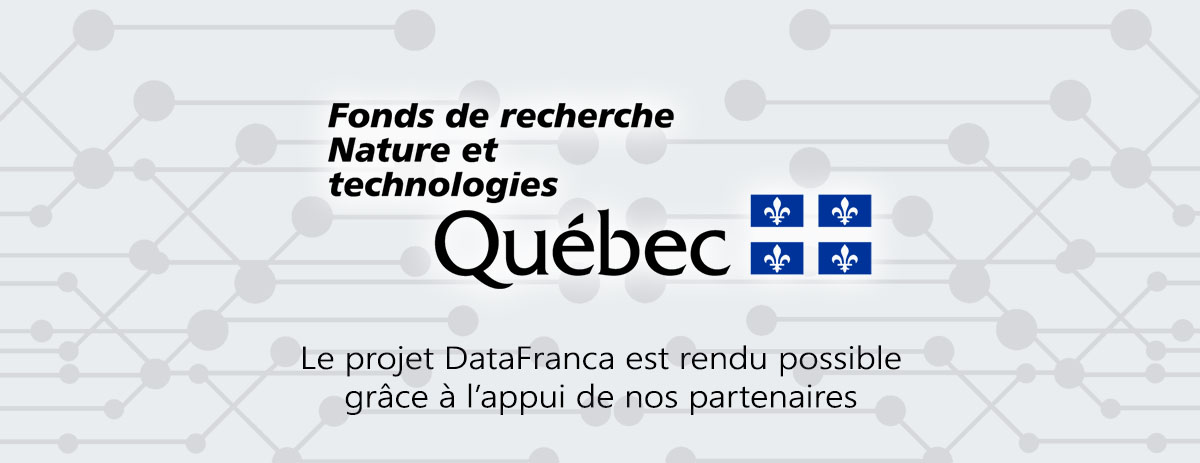« Antecedent » : différence entre les versions
(Page créée avec « == en construction == Catégorie:Vocabulary Catégorie:data mining Catégorie:Two crows == Définition == xxxxxxx == Français == xxxxxxx == Anglais == '... ») Balise : Éditeur de wikicode 2017 |
m (Remplacement de texte : « ↵↵↵ » par « ») |
||
| (6 versions intermédiaires par le même utilisateur non affichées) | |||
| Ligne 1 : | Ligne 1 : | ||
#REDIRECTION[[Prémisse]] | |||
[[Catégorie:ENGLISH]] | |||
[[ | |||
[[Catégorie: | |||
== Définition == | == Définition == | ||
Lorsqu'une association entre deux variables est définie, le premier élément (ou le côté gauche) est appelé l'antécédent. Par exemple, dans la relation «Quand un prospecteur achète une pioche, il achète une pelle 14% du temps», «achète une pioche» est l'antécédent. | |||
== Français == | == Français == | ||
'''antécédent ''' | |||
== Anglais == | == Anglais == | ||
'''antecedent ''' | '''antecedent ''' | ||
==Sources== | |||
[http://twocrows.com/data-mining/dm-glossary/ Source : Two Crows Consulting ] | * [http://twocrows.com/data-mining/dm-glossary/ Source : Two Crows Consulting ] | ||
Dernière version du 29 janvier 2024 à 11:56
Rediriger vers :
Définition
Lorsqu'une association entre deux variables est définie, le premier élément (ou le côté gauche) est appelé l'antécédent. Par exemple, dans la relation «Quand un prospecteur achète une pioche, il achète une pelle 14% du temps», «achète une pioche» est l'antécédent.
Français
antécédent
Anglais
antecedent
Sources

Contributeurs: wiki






